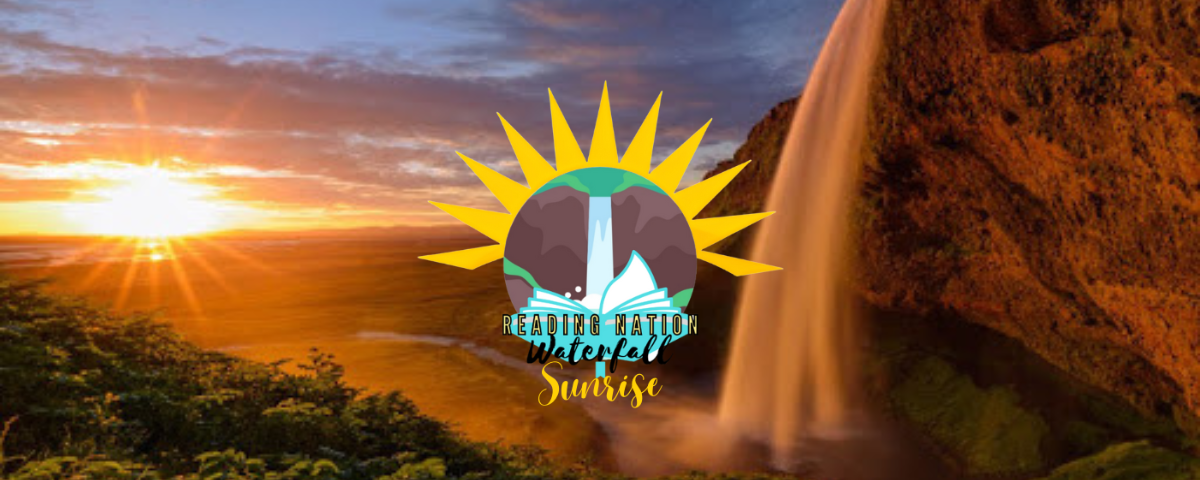our pilot project
The Sunrise Project Pilot is an offshoot of the Reading Nation Waterfall Project. There are a total of four tribal communities that are part of the Sunrise Project Pilot: The Yurok Tribe, The Pueblo of Isleta, The Fort Peck Tribes, and The Eastern Band of Cherokee Indians. The Sunrise Project follows the same founding principles as the Reading Nation Waterfall Project. Three tribal community organizations form the three legs of the stool:
- Head Start Organization
- Elementary School Librarian
- Public Library
The “three legs of the stool” analogy is used to illustrate the importance of the participating head start program, elementary school library, and public library within the tribal community. Each leg represents a crucial component and is necessary for the stability and success of the Sunrise Project.
Goals
- Increase access to books and libraries for children and families
- Increase number of books and overall reading with parents/adults at home
- Increase the relevance and use of libraries for Native American communities
- Continue to build a lasting partnership with NIHSDA
Reading Nation Waterfall Sunrise Replication
context
In 2015 and 2019, two National Indian Education Studies found that high performing tribal 4th graders had 25 books at home and access to a school library with culturally relevant materials and programming.
Reading Nation Waterfall, Sunrise’s predecessor, helped establish book ecosystems for tribal communities to study the effect on youth reading scores.Through this study, it was also discovered that digital literacy and professional development for tribal librarians were priorities that needed to be addressed.
Sunrise is a replication and expansion of Reading Nation Waterfall that seeks to continue addressing literacy needs while tackling the additional needs of digital literacy and tribal librarian professional development. In partnership with this program are also several organizations: National Indian Head Start Directors Association, Tribal Colleges and Libraries, Little Free Library, the Kiwanis, Unite for Literacy, and XR Libraries.
OUR MISSION
Reading Nation Waterfall Sunrise seeks to increase early childhood literacy scores for tribal children across the United States, while also addressing the digital literacy needs of tribal communities. Additionally, this project addresses the professional development of the library field in tribal communities by creating an open access tribal librarian certification program. Reading Nation Waterfall Sunrise (RNWS) will build on lessons learned over the past four years and leverage its broad national coalition including The National Indian Head Start Directors Association (NIHSDA), Tribal Colleges and Libraries (TCL), Little Free Library, the Kiwanis, Unite for Literacy, and XR Libraries, to expand upon and improve the facilitation of its mission.
OUR objectives
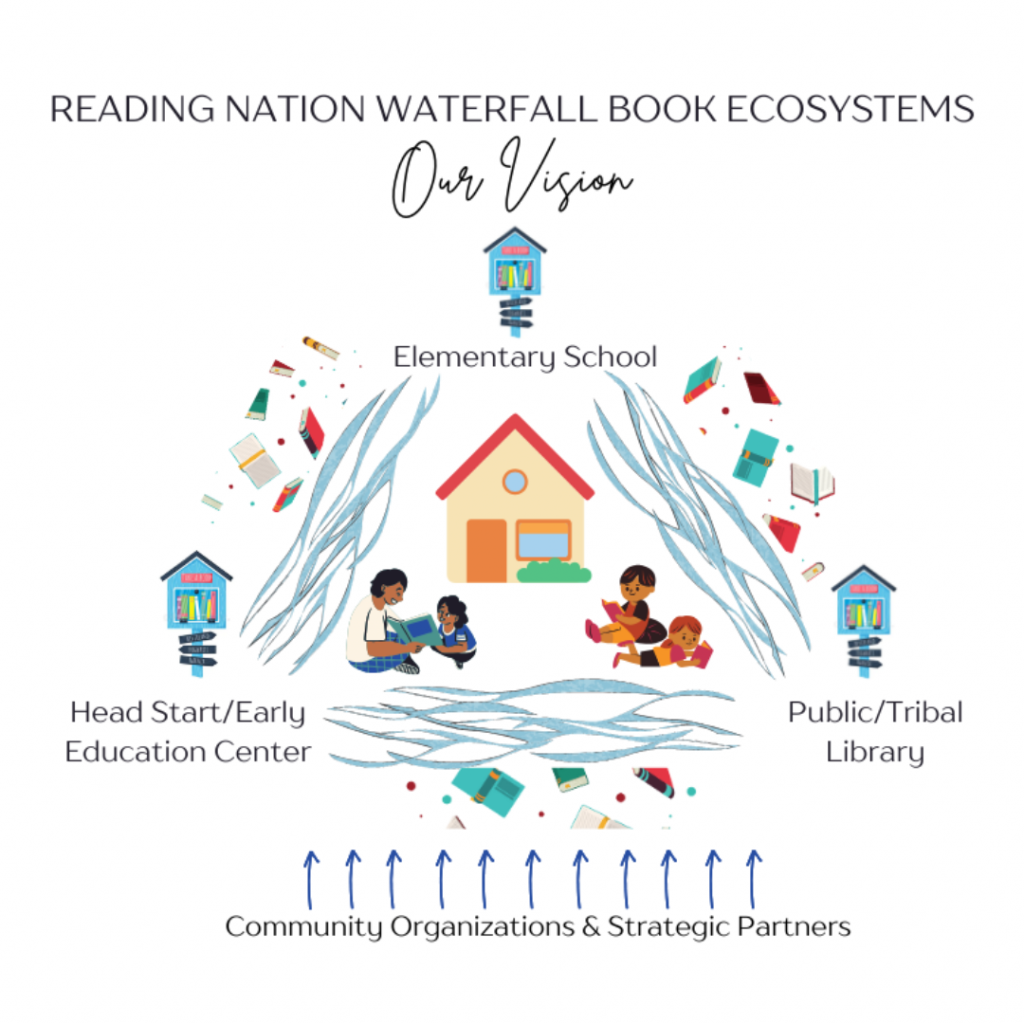
Book Ecosystems
Establish a Book Ecosystem with the local Head Start and elementary school library. Using a “three legs of the stool” approach, the Book Ecosystem Model connects pre-existing community pillars by making them Little Free Library locations.
Digital Literacy
Provide access to technology and digital literacy resources by establishing a technology hub at each TCL for their community and geographic region.
Community Book Gardens
Create community-gathering spaces for story-sharing (what we call Community Book Gardens); these Community Book Gardens will provide access to the community’s self-published books and other culturally-relevant resources, services, and programming.
LIS Training and Development
Strengthen LIS capacity within each of the tribal communities by collaborating with each tribal college’s education faculty and students.
goals
Our collaborators
Like the Reading Nation Waterfall Project, RNWS works in collaboration with several organizations to bring these goals to fruition:
- The National Indian Head Start Directors Association (NIHSDA) – The NIHSDA is the leading voice for American Indian and Alaskan Native (AIAN) children in head start programs, with the mission of preserving indigenous identity. The NIHSDA helps RNWS develop partnerships with head start program directors by introducing us to potential head start partners. From there, we begin to build a relationship with the head start program, elementary school librarian, and public library librarian.
- Unite for Literacy – Unite for Literacy believes literacy is at the core of a healthy community. They provide free digital access to picture books, with narration offered in many languages. For RNWS, they donate books. Upon graduation from the head start program, kindergarteners can register to receive books for 25 weeks at no cost.
- First One Hundred Institute – First One Hundred Institute supports Indigenous families by creating community-based books that promote cultural and linguistic revitalization, pride in Indigenous heritage and identity, early literacy development, enhanced educational achievement, and life-long learning.
- Little Free Library Indigenous Library Program – The Little Free Library Indigenous Library Program grants no-cost book-sharing boxes where needed most on tribal lands and in Indigenous communities in the United States and Canada.
- XR Libraries – XR Libraries works with schools and libraries integrating immersive learning into programs and classes, with the mission of making Extended Reality easy and accessible for everyone to use.
- Kiwanis – Kiwanis is a global organization of volunteers dedicated to improving the world one child and one community at a time. Every year the Kiwanis club members raise funds and stage projects for communities, families, and children in need. These projects can include building playgrounds, purchasing medical supplies, and stocking libraries.
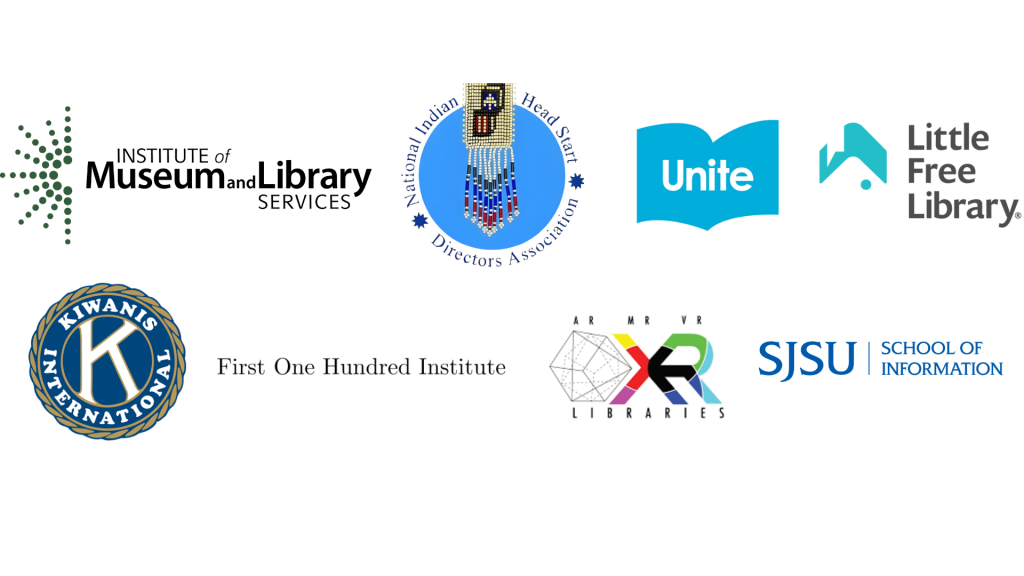
tribal partners
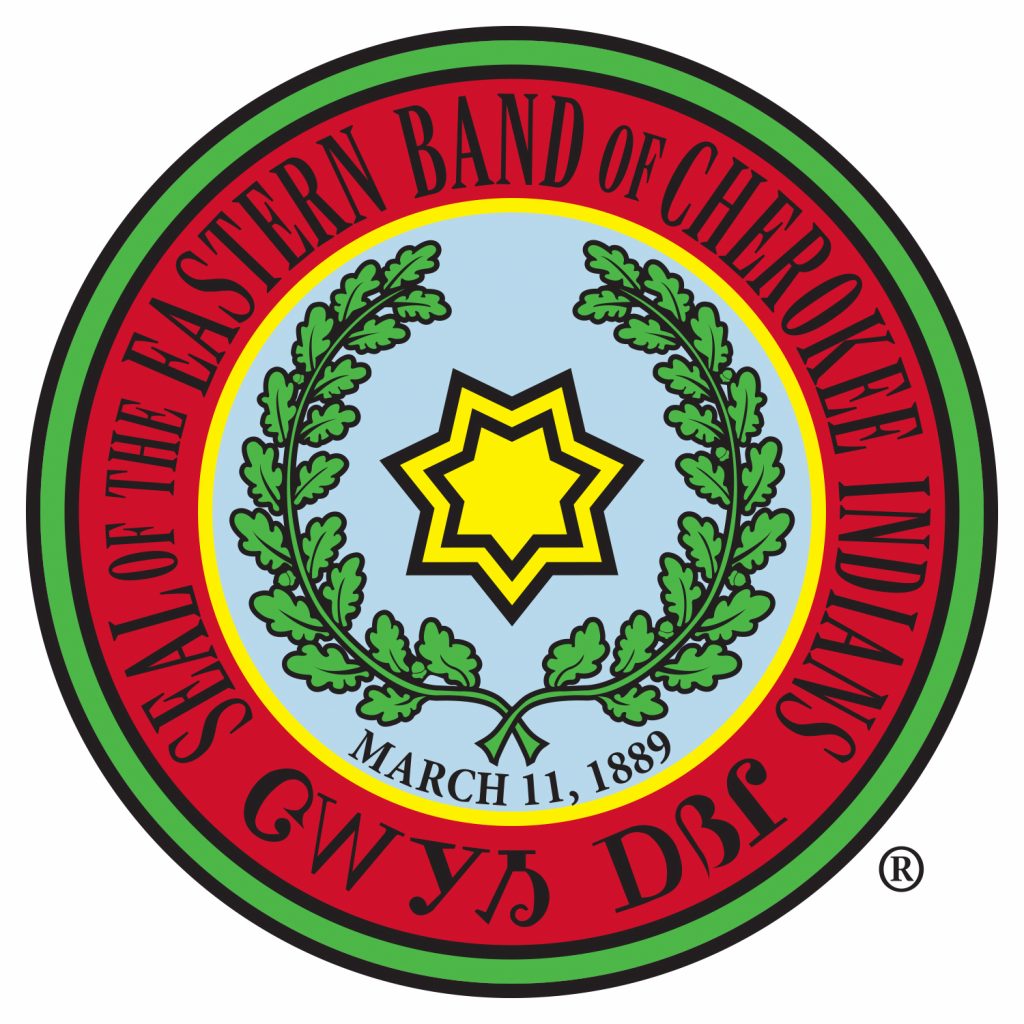
The Eastern Band of Cherokee Indians
The Eastern Band of Cherokee Indians calls the Qualla Boundary, located next to the Great Smoky Mountains in North Carolina, their home.
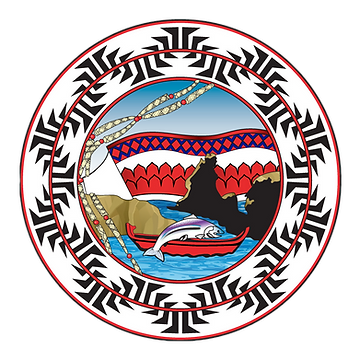
The Yurok Tribe is the largest Indigenous Tribe in California. Their land is located in northern California, along the Redwood Coast and the Klamath River.
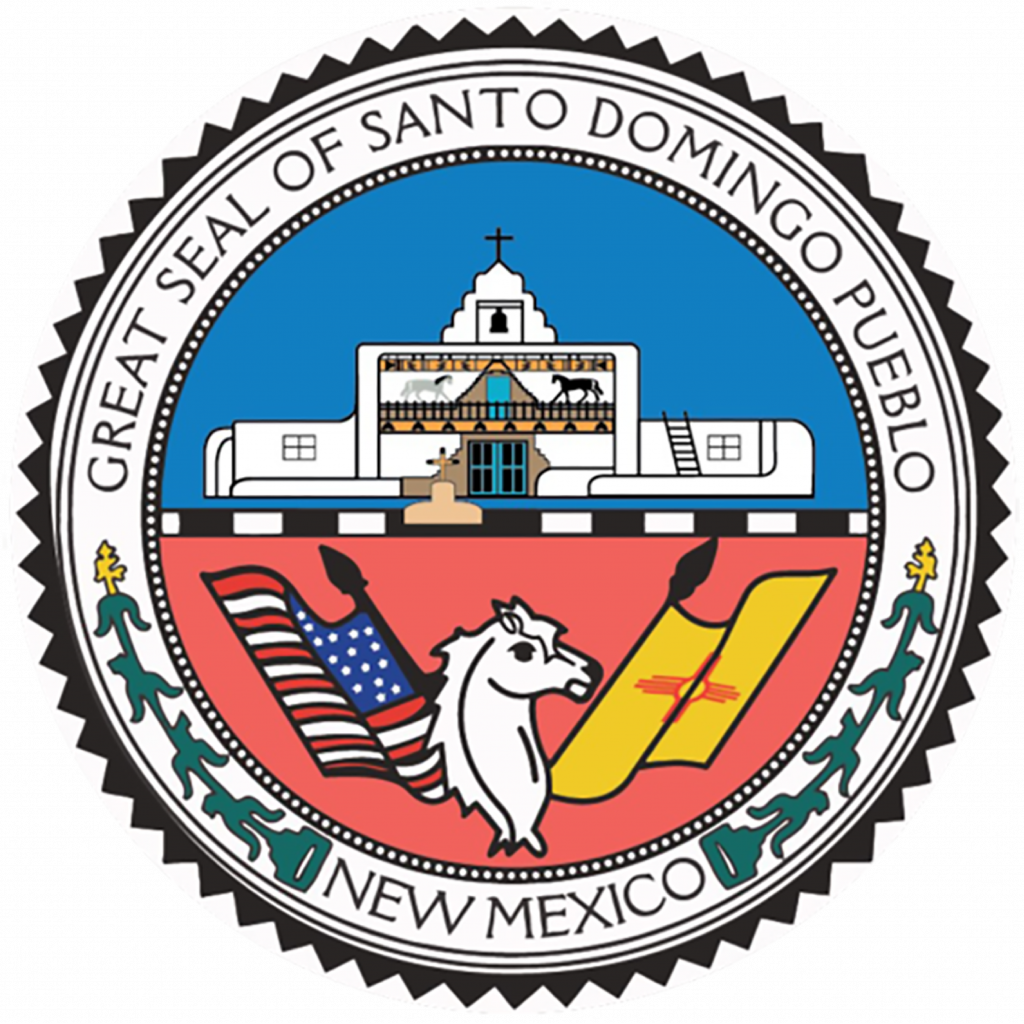
Santo Domingo Pueblo (also known as Kewa) is located between Albuquerque and Santa Fe. Santo Domingo Pueblo has been one of the central Pueblo communities in New Mexico and the homelands to many people for thousands of years.
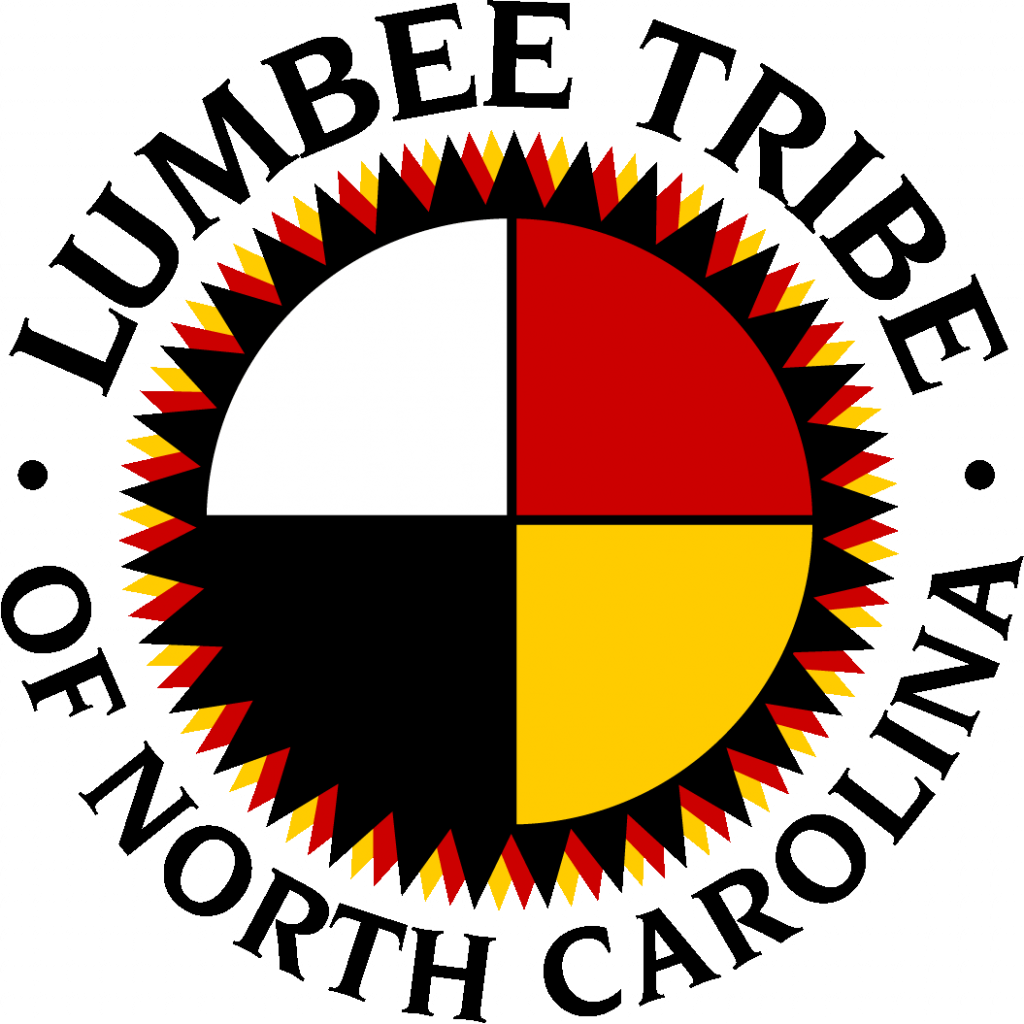
The Lumbee Tribe of North Carolina
The Lumbee Tribe’s headquarters are located along the Lumbee river in Pembroke, North Carolina. The Lumbee Tribe is the largest tribe in North Carolina, the largest tribe east of the Mississippi River, and the ninth largest in the nation.
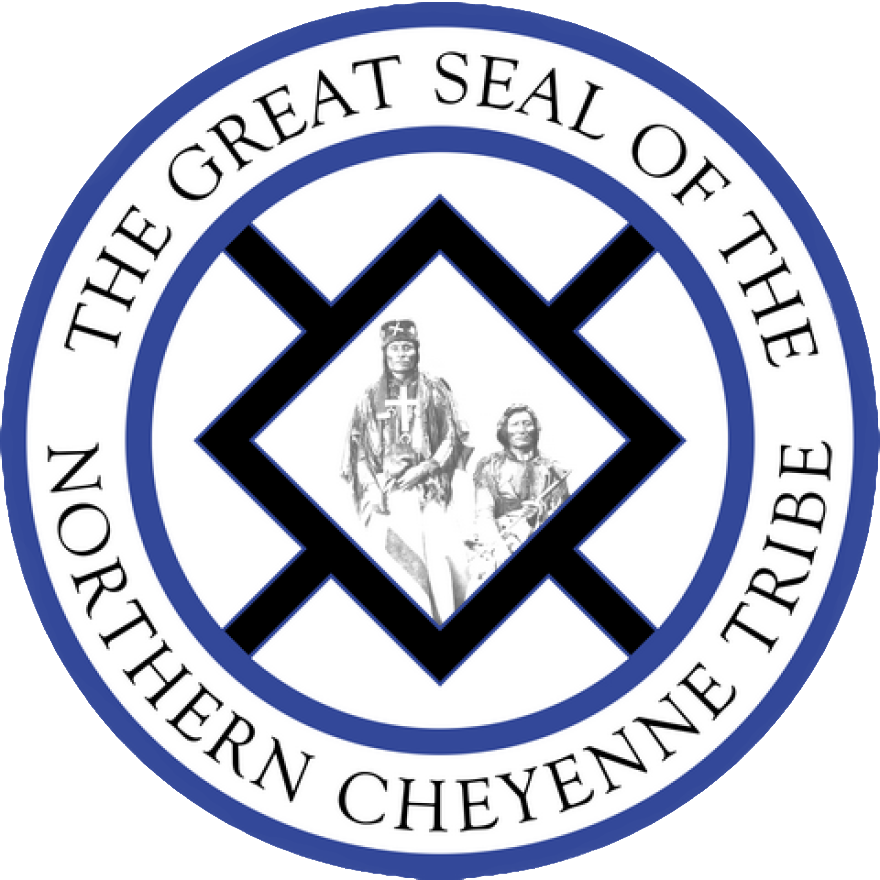
The Northern Cheyenne Indian Reservation is located in Southeastern Montana, and tribal headquarters are located in Lame Deer, Montana.
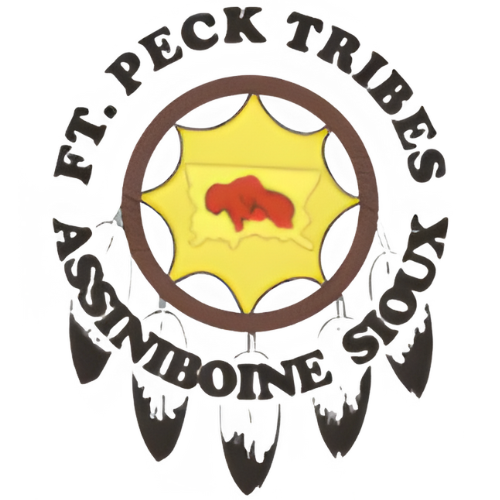
Most of the Fort Peck Tribes live on or near the Fort Peck Reservation in northeast Montana. The Fort Peck Tribes consist of two distinct Nations, the Assiniboine and Sioux, which are further divided into subordinate bands.
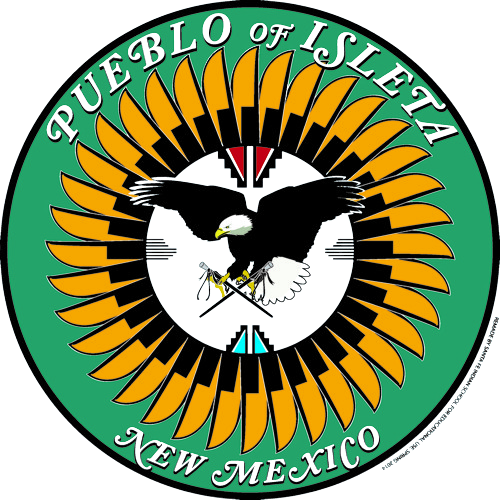
The Pueblo of Isleta is located 15 miles south of Albuquerque, New Mexico, nestled in the Rio Grande Valley with a grand view of the Manzano Mountains to the east.
